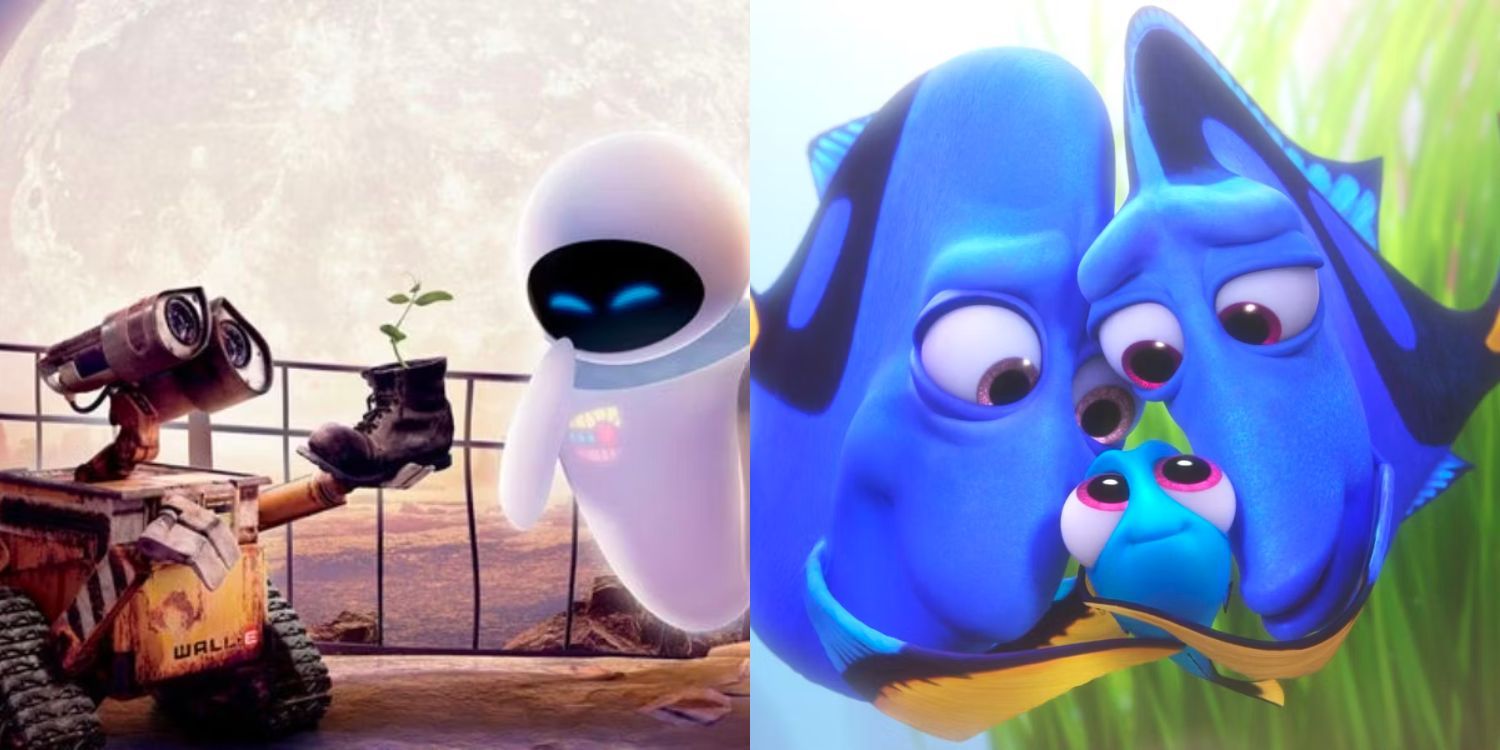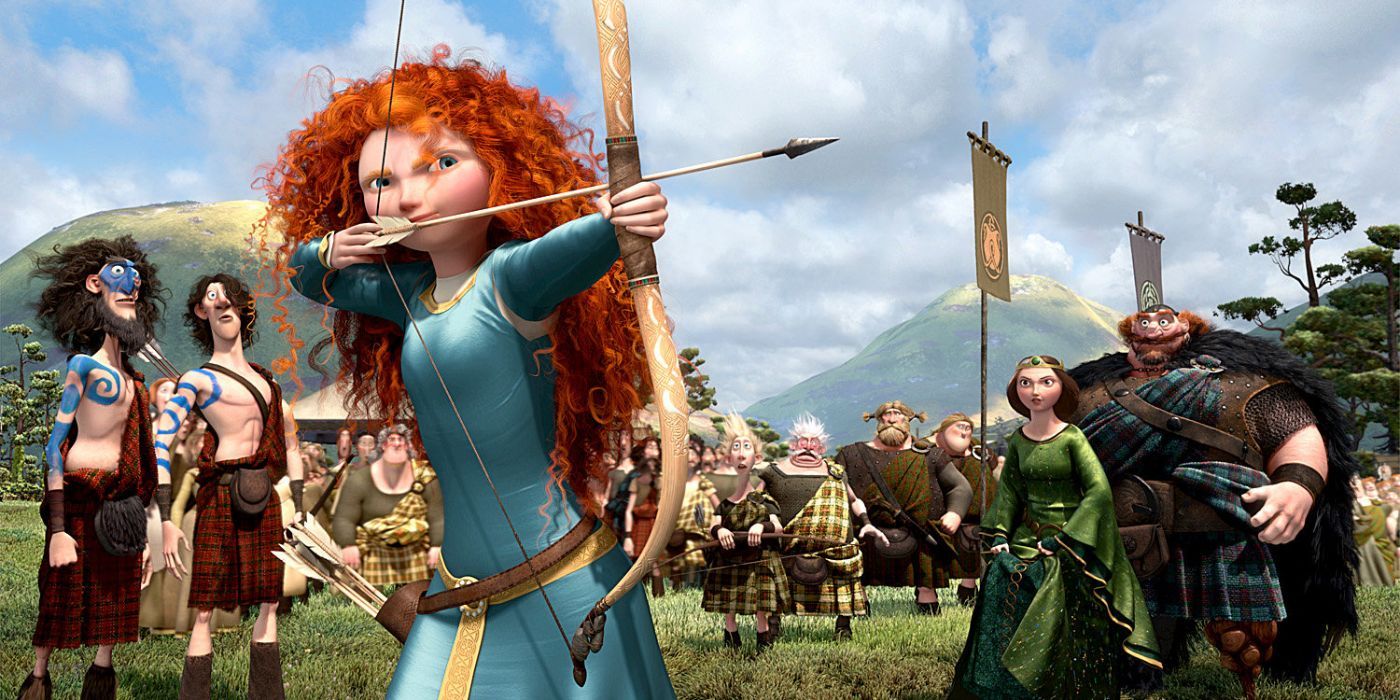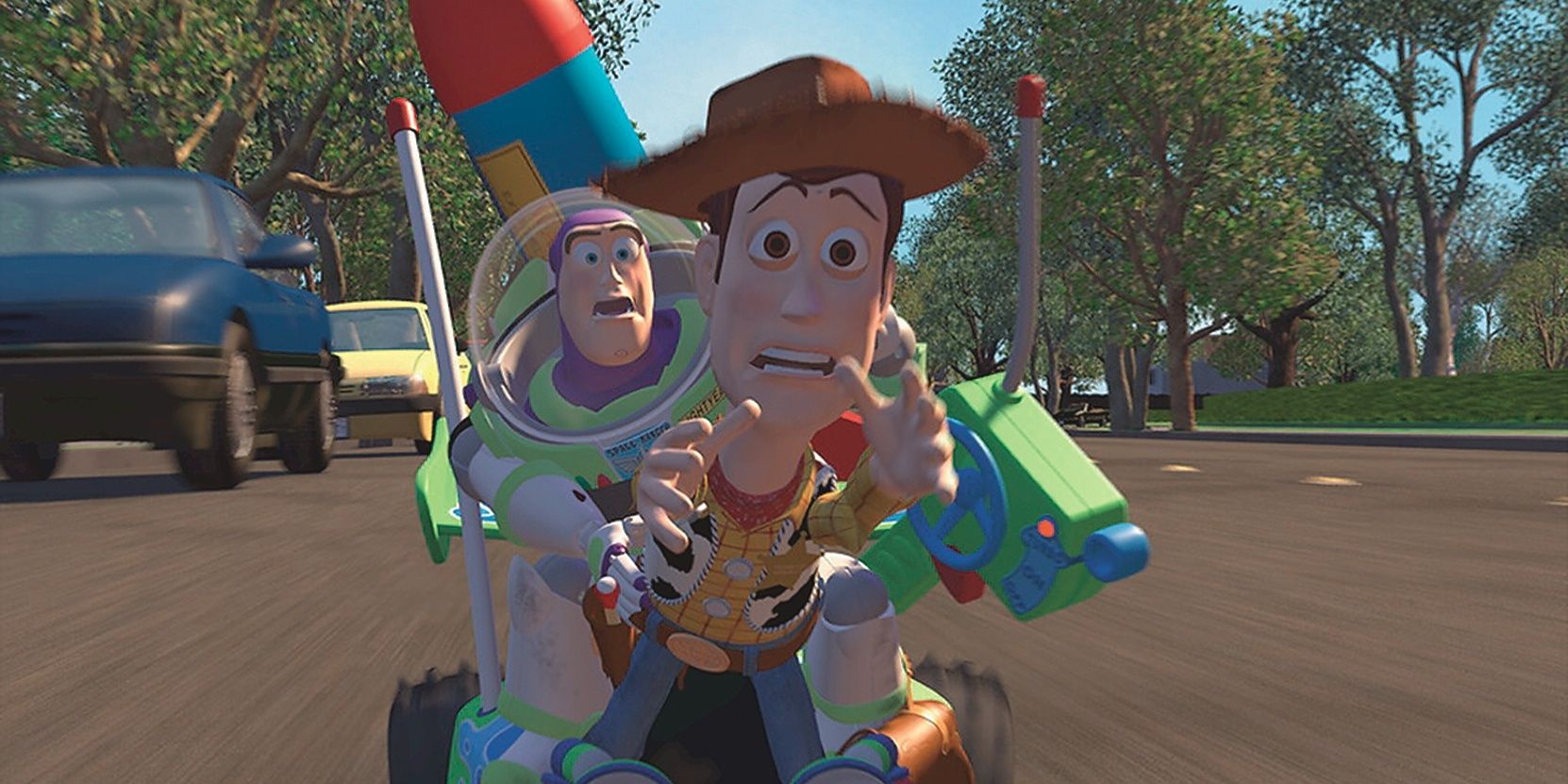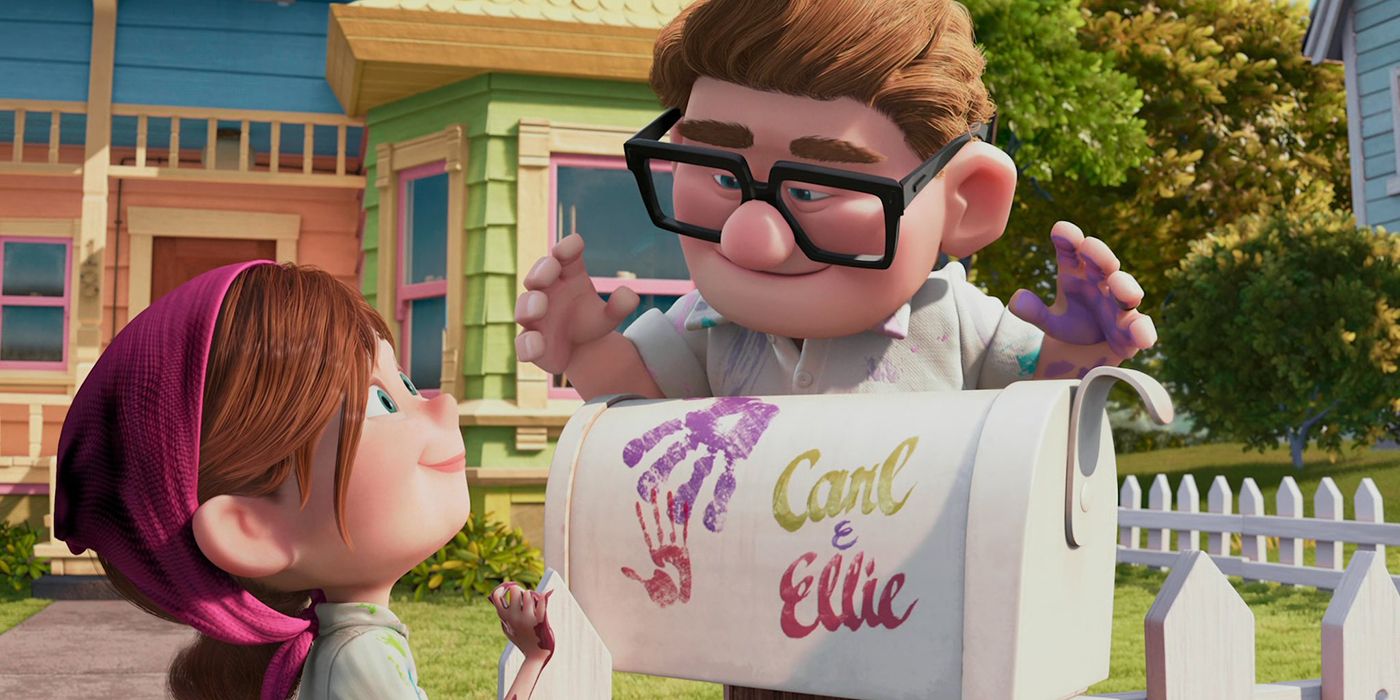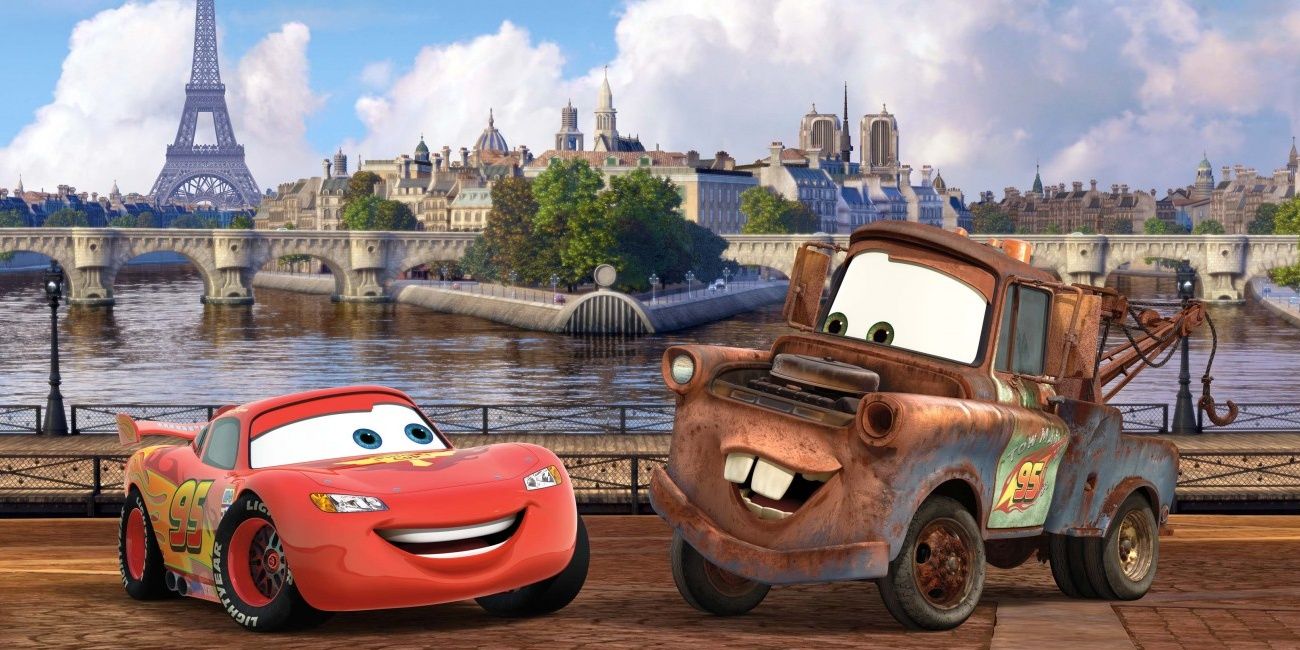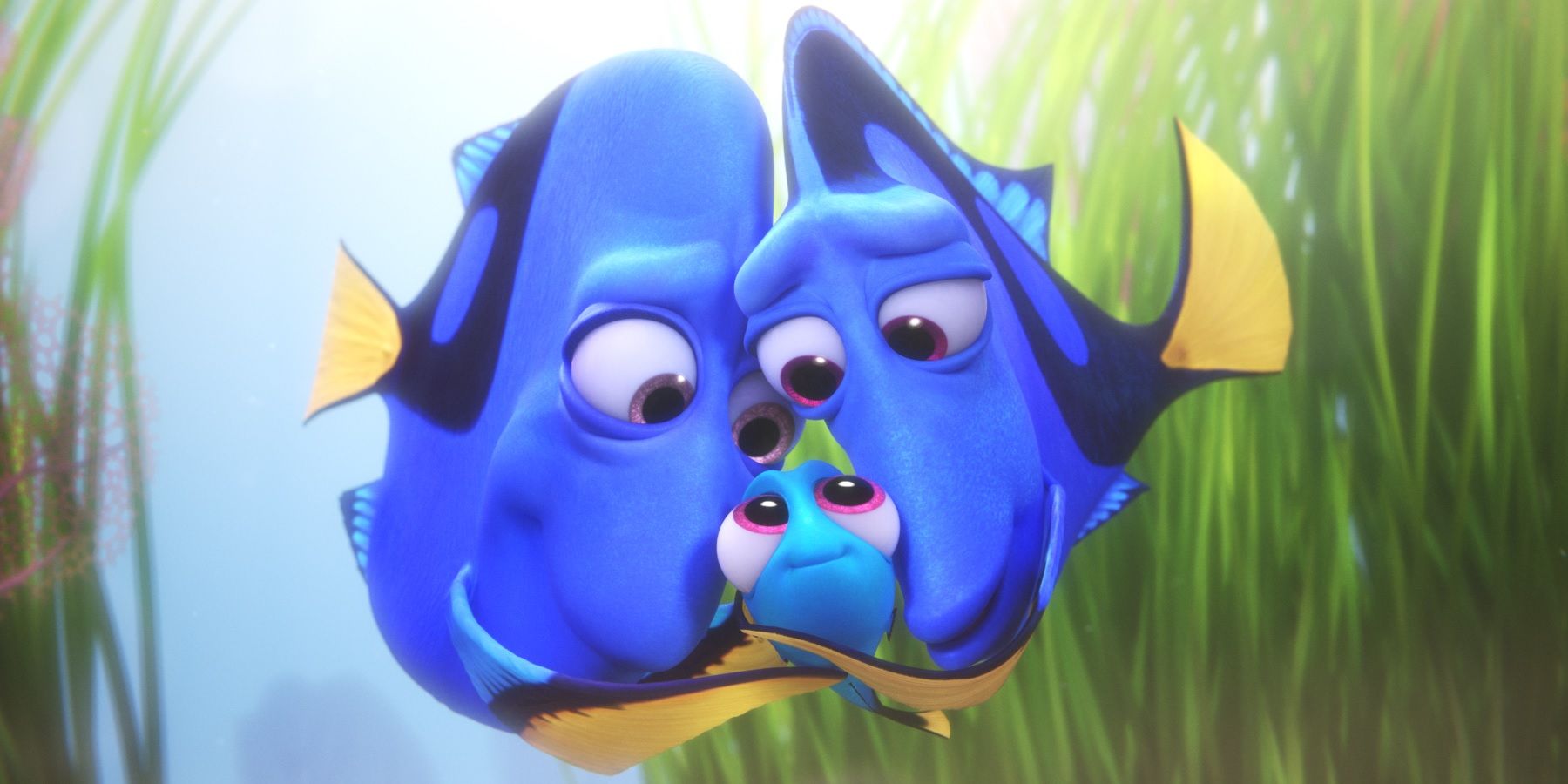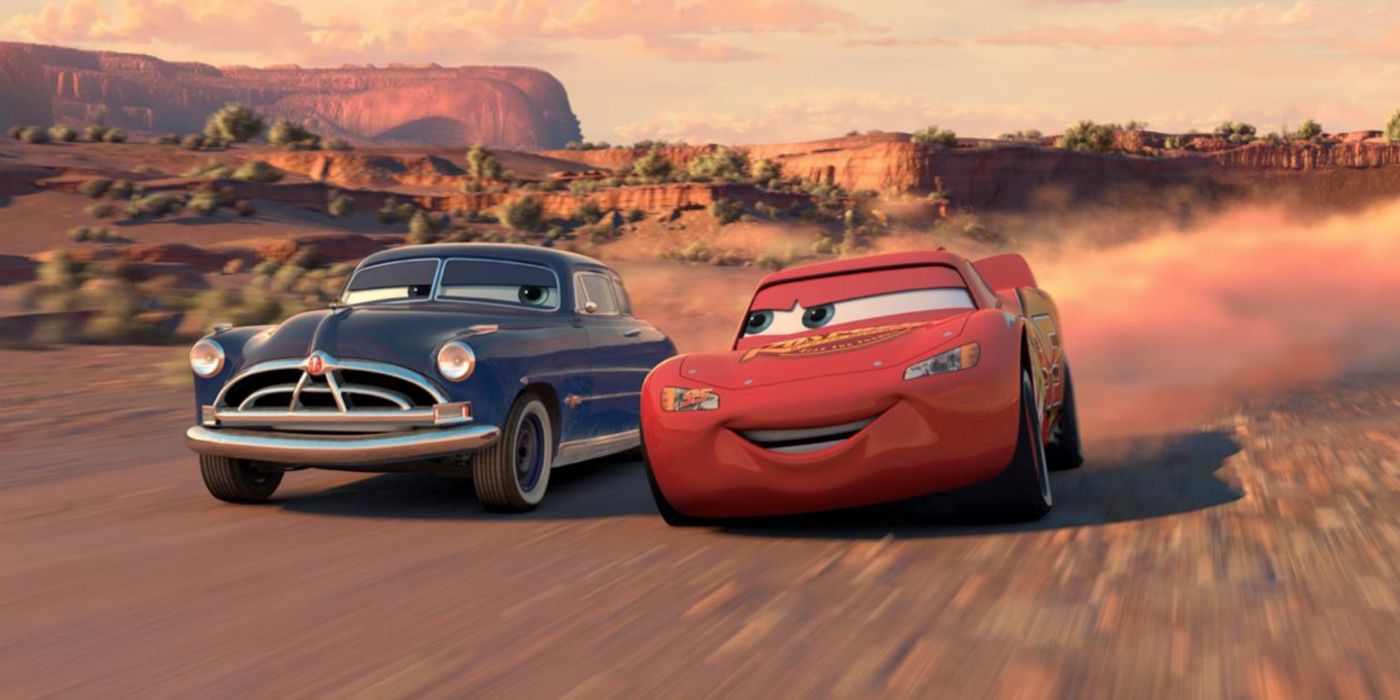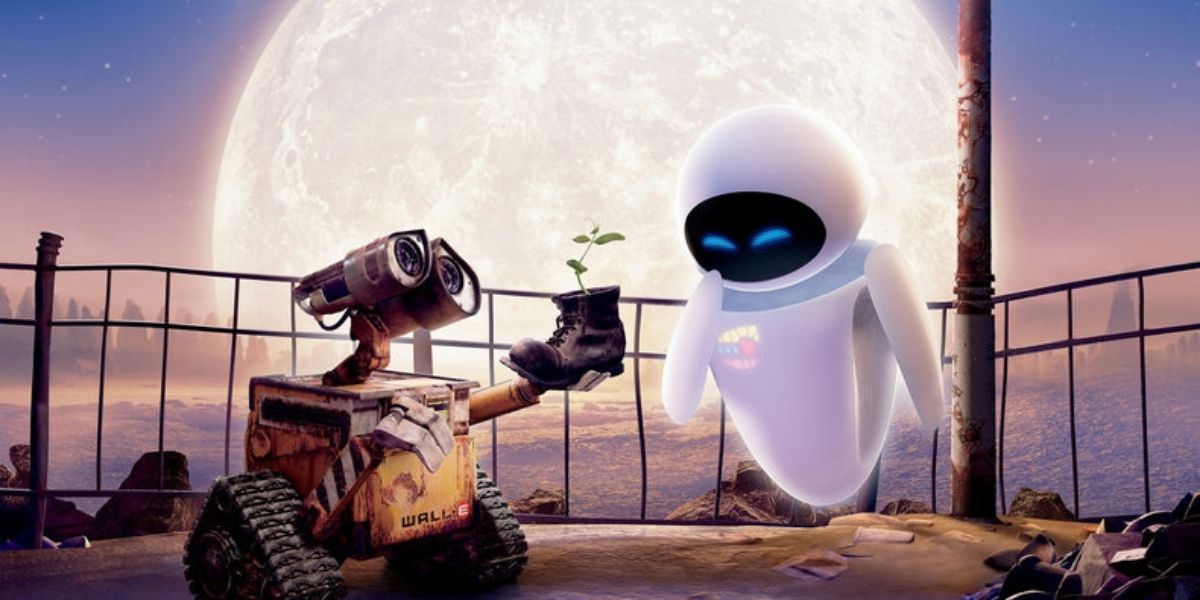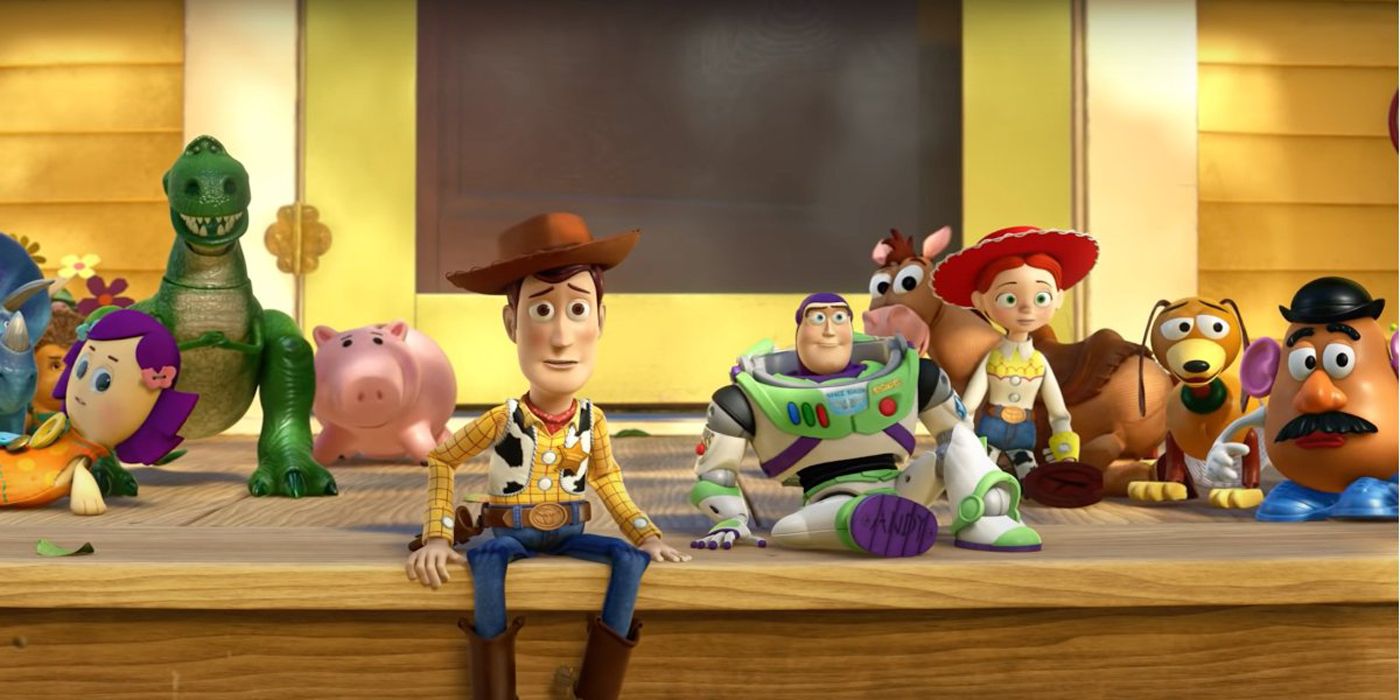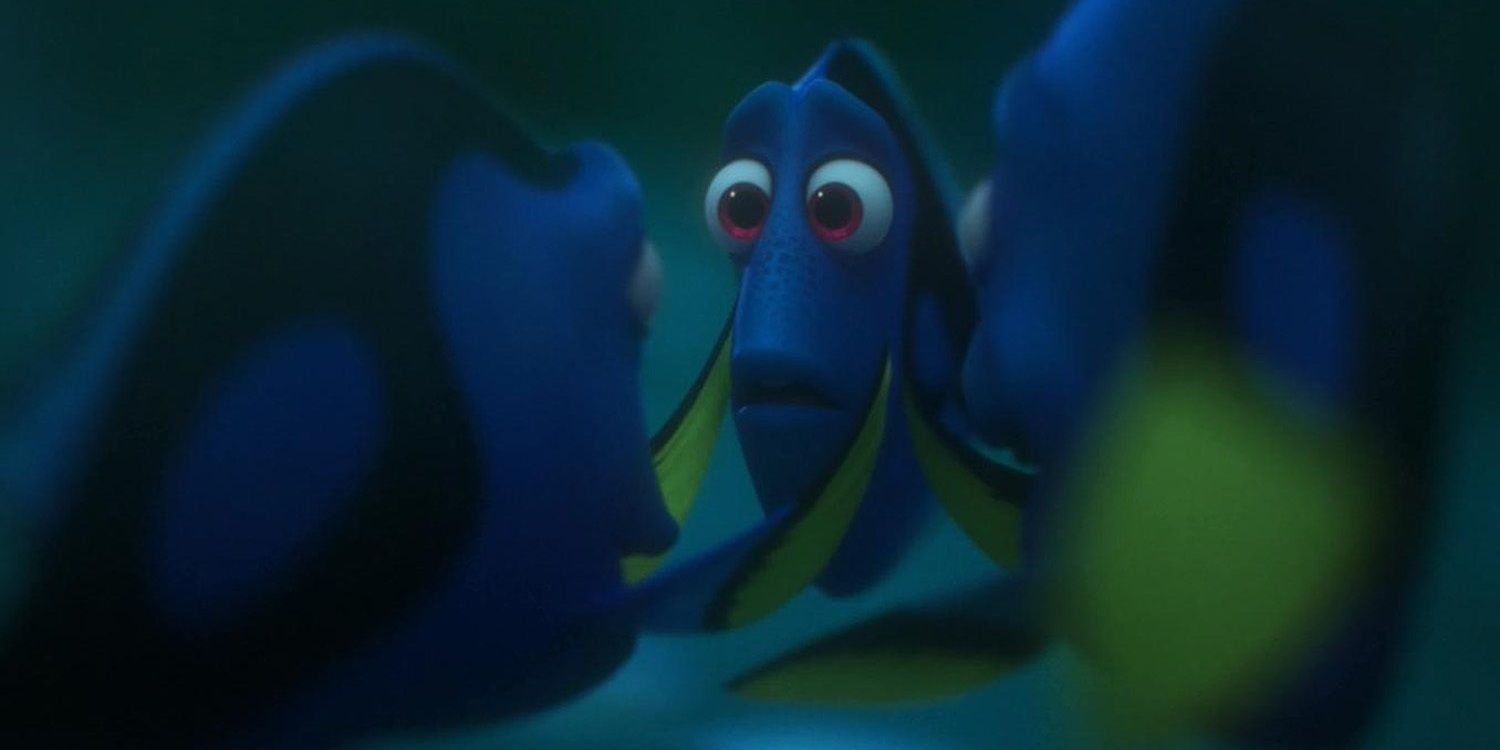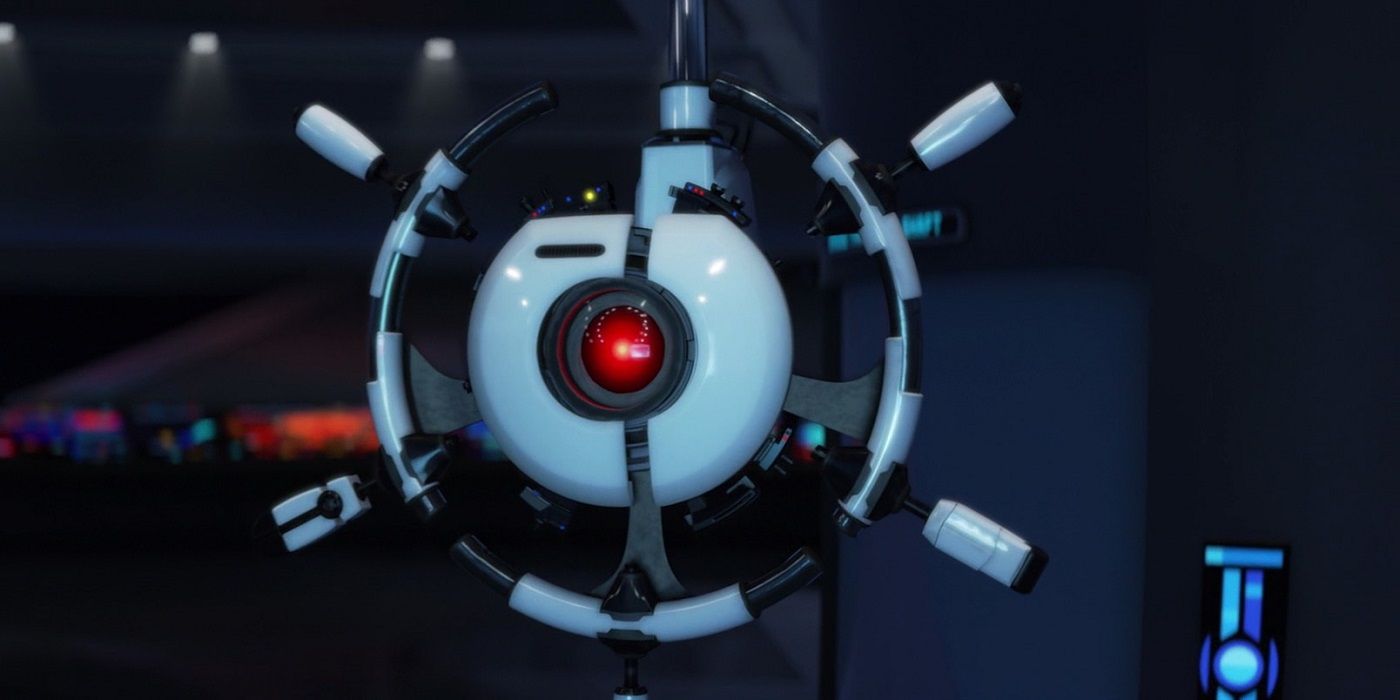The new trailer for the Pixar movie Elemental shows that, once again, the studio has produced a film that will ask some fascinating questions while also giving audiences a beautifully-wrought piece of animation with a lot of heart and soul. Indeed, there are some good reasons why the studio has become almost universally beloved.
At the same time, anyone who has spent any time re-watching the various movies in the Pixar catalog knows that they are far from perfect. Indeed, revisiting many of them means acknowledging some of the harsh realities attendant upon this particular animation studio and its very prodigious output.
There Aren’t Enough Important Female Characters
One of the most glaring problems with Pixar is its lack of strong female characters. While there are some exceptions to this–Brave and Inside Out both feature strong female leads–for the most part, Pixar is very much a boys’ club.
This is particularly obvious when one compares Pixar to Disney, which, whatever its flaws in terms of representation, has at least made more of an effort to include women of all backgrounds in its roster of characters. The lack of such diversity in Pixar only becomes more obvious the more of their movies one watches.
The Earlier Animation Has Aged Poorly
While many early Pixar movies hold a special place in the minds of fans, it has to be said that a rewatch shows just how much animation has changed over the past several decades. For example, while the voice work and the humor in Toy Story hold up, the animation really does not.
In large part, this stems from the fact that it was the early days of CGI. Unlike traditional 2D, which tends to transcend time periods–one can still appreciate Snow White, for example, despite the fact that it was made in the 1930s–this simply isn’t the case with CGI, which clearly marks a movie as being from a particular period.
They Can Be Emotionally Devastating
Anyone who has seen even one Pixar movie knows that this particular studio has a very keen eye for how to craft an emotionally devastating scene, and there are many sad Pixar movies. In fact, just the first few minutes of the movie Up, for example, leave most viewers with a tear in their eyes.
Obviously, this is a major part of why people still love Pixar movies so much. Nevertheless, those who may decide to rewatch these movies do have to contend with the fact that they can be somewhat emotionally draining because with every bit of joy, there’s also quite a bit of sorrow.
Sometimes Their Stories Don’t Make Sense
Even though, as a brand, Pixar tends to focus on story to the exclusion of almost everything else, it has to be said that sometimes the central narratives of their movies don’t make a great deal of sense. Take, for example, Cars 2, which has so much going on in terms of the story that it doesn’t always seem to add up to a coherent whole.
In part, this seems to be the result of a studio that is very good at coming up with great concepts; after all, who wouldn’t want to see talking cars? At the same time, it’s clear that there isn’t always a strong sense of how to see these interesting concepts through the various elements that help a story to make coherent sense.
Sometimes The Sequels (And Prequels) Are Too Predictable
Unlike Disney, which has become somewhat infamous for the inferior quality of some of its sequels and prequels, Pixar has been a bit more judicious in what it gives the greenlight to. However, the flip side of this is that they don’t always seem to know what to do with their sequels, so they end up feeling more than a little predictable.
This is particularly evident in a movie like Finding Dory, for example. Though it is a very charming and enjoyable movie and has many of the great notes from the original, it is in some way a retread, and it hits many of the same story beats as its predecessor.
There's Not Enough World-Building
When one watches one of the best Disney movies, there’s a sense that one is entering a fully-fleshed-out world, one with its own rules. While this is sometimes true of Pixar movies, very often it is the case that the world can feel a bit thinly drawn, particularly compared to just how compelling the stories often are- something heavily felt in Cars.
Once again, this seems to be the result of a studio in which story takes precedence over almost every other aspect of movie making. Sometimes, however, even the best story can go so far, and more emphasis on its world would help it really flourish.
There Are Far Too Many Chase Sequences
On one level, it makes sense that so many Pixar movies would feature a chase sequence. Animation, after all, is a movie-making form that is uniquely suitable to capture the kinetic pleasure of seeing bodies in motion.
At the same time, a rewatch of Pixar movies reveals the extent to which they tend to rely too much on this particular convention. Whether it’s Toy Story or WALL-E, it seems that this is something of a requirement for these movies, and, exciting as such chases are, they can start to feel redundant.
The Plots Can Be Repetitive
There are many great Pixar movies, and it is almost always very easy to pick out what makes them so enjoyable. In particular, when one sits down to watch a movie from this studio, one usually knows what one is going to get: an adventure story with a lot of heart.
Unfortunately, there are also times when their plots can be repetitive. This is most obvious when it comes to the sequels–which tend to recycle the general plots of their previous movies–but it is also true of the studio as a whole. The narrative bones of most of their movies are often very similar, and there is a lot in common between, for example, the Toy Story series, where the toys are constantly trying to rescue one another.
There Are Too Many Climaxes
Movies are usually structured to build to a central, definitive climax that brings closure to the main conflict. Unfortunately, a rewatch of Pixar movies reveals just how much the studio tends to rely on a number of climaxes before the movie finally finishes.
In many Pixar movies, there will come several moments when the action finally seems to have reached a resolution, only for another crisis to unfold- see Dory finally reuniting with her parents, only for Marlin and Nemo to need rescued. While this isn’t a problem all the time, it does, nevertheless, create a certain kind of exhaustion in the viewer.
They Don’t Usually Have Great Villains
Disney is famous for its great villains, but this is something that isn’t always true of Pixar movies. While it is true that there are often individuals who stand in the way of the heroes, they often lack the bite of their Disney counterparts.
In Wall-E, for example, the most notable villain is the artificial intelligence known simply as AUTO. In this case, the villain’s actions are just a function of its programming rather than something malicious in intent. Thus, it is not nearly as interesting to watch as the villains of many Disney movies.

